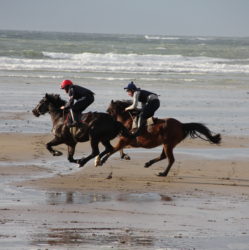It happens – the brother in law peers over my shoulder to verify that I’m not playing a game while I should be programming – like he could really tell the difference based on a lot of the games I play these days. In response, I decided to list what’s on my desktop, and the reasons for them being there.
- My Computer, My Network Places, My Documents – ease of navigation
- My Bluetooth Places – bluetooth makes me so happy
- Firefox, Explorer, Thunderbird – web, and email
- Skype – cheap calls
- w.bloggar – web logging
- PE Resource Explorer – occasionally my projects don’t compile so good
- Acrobat Professional – Lot of PDFs
- Nullsoft Install System – for making those all important installers (still learning this)
- Nunit GUI. One of these days I’ll actually write those tests I’ve been promising myself
- IDA. The intelligent disassembler. Really good disassembler. This one is old, but I can’t afford a new version (~€320 + vat at last check)
- Code-Work, my projects folder. Practically everything lives here. It’s not on my desktop, it’s a folder-link
- Visual FoxPro 8 – upsizing some code to SQL server. The venerable Fox needs to die, as it has not kept up with the times.
- Visual Studio.NET – I write a few bits and bobs in Microsoft C, C++, C#
- Delphi 2005 – Best Delphi yet, sadly it’s got the nastiest price tag also. God be with the days when pascal cost $60
- Netbeans 4.1 – the gui designer alone is worth the download
- Palm OS Developer Suite – I caved, cscope just didn’t cut the mustard – pocketcity
- Simcity 3000, UK Edition – reference for pocketcity
- Copernic Desktop Search – partial word search; ’nuff said
- El Bin of Recycling
Making virtual folders. When you create a shortcut to a folder the start menu do not expand them on hover. This is remedied by creating a real folder, then making a desktop.ini file containing the following:
[.ShellClassInfo]
CLSID2={0AFACED1-E828-11D1-9187-B532F1E9575D}
Flags=2
Follow this with a shortcut called target, which points to the real directory. You can place this folder anywhere. When it’s on the start menu you have the right pointing triangle, which indicates that it’s a real folder
